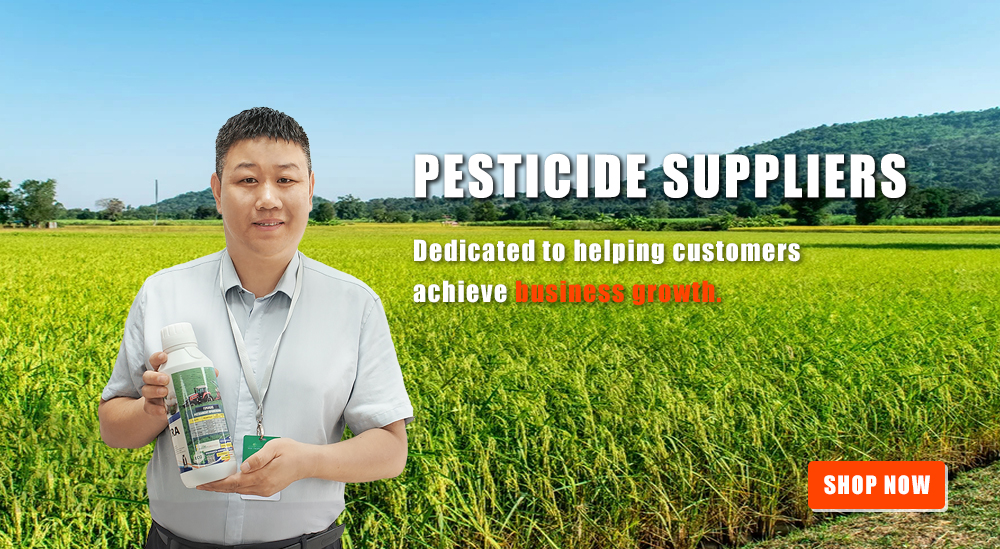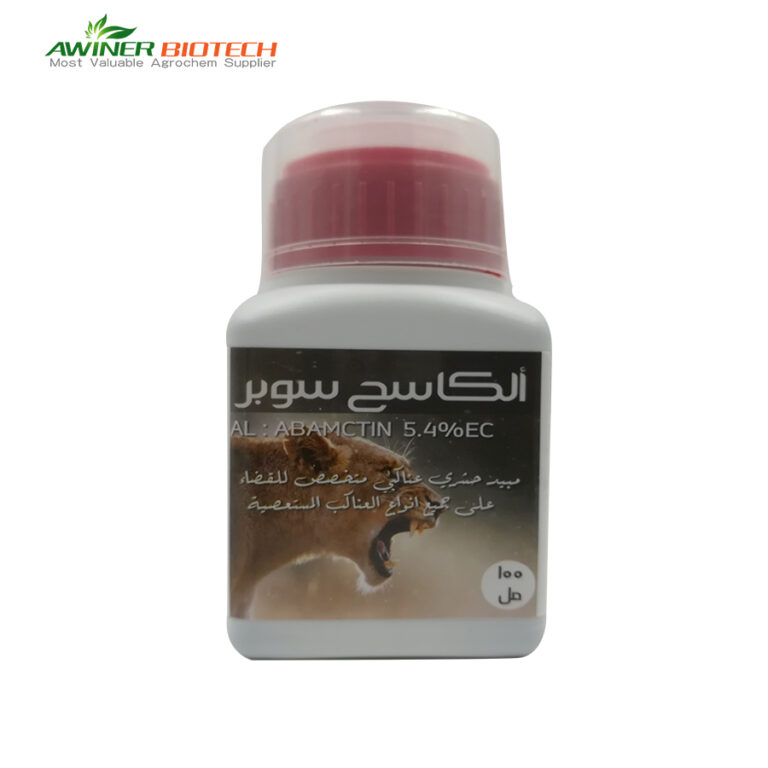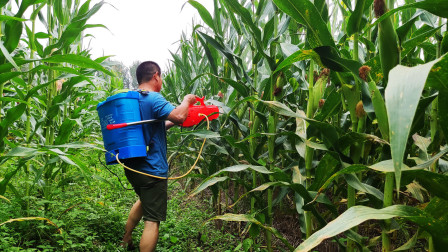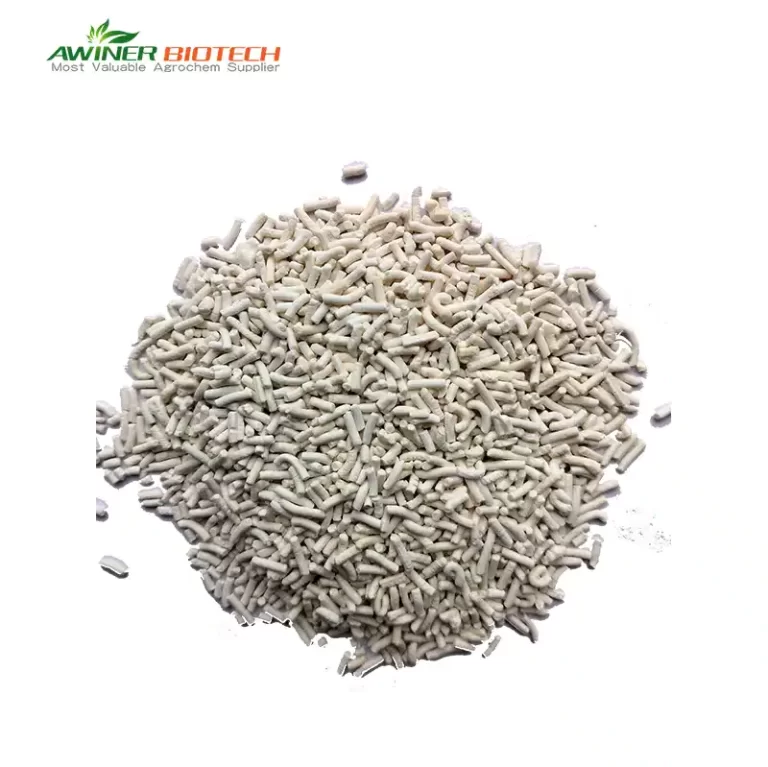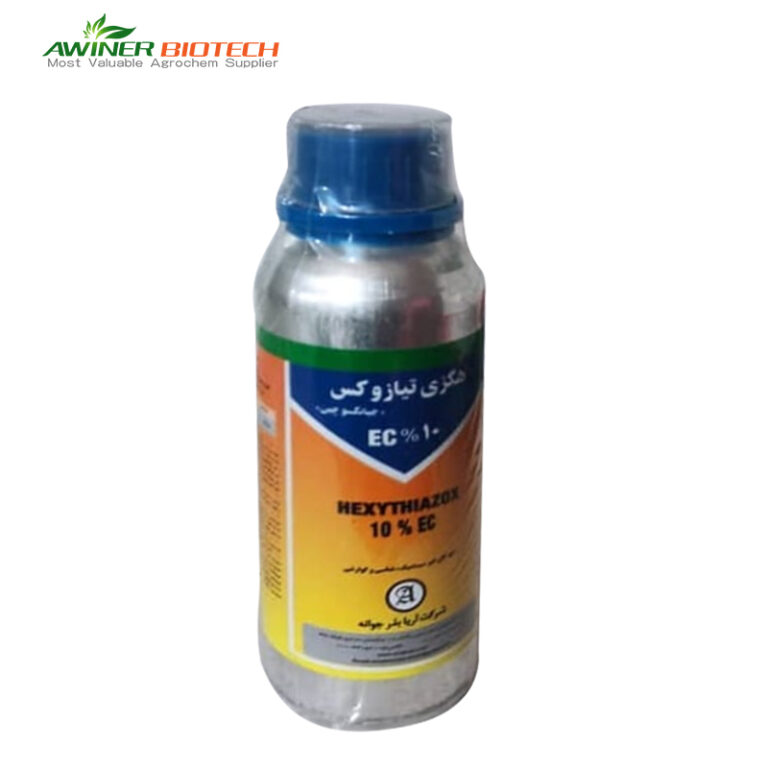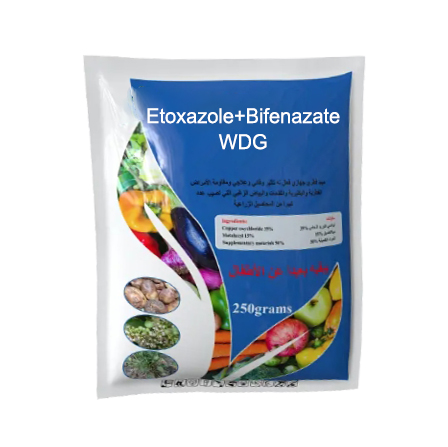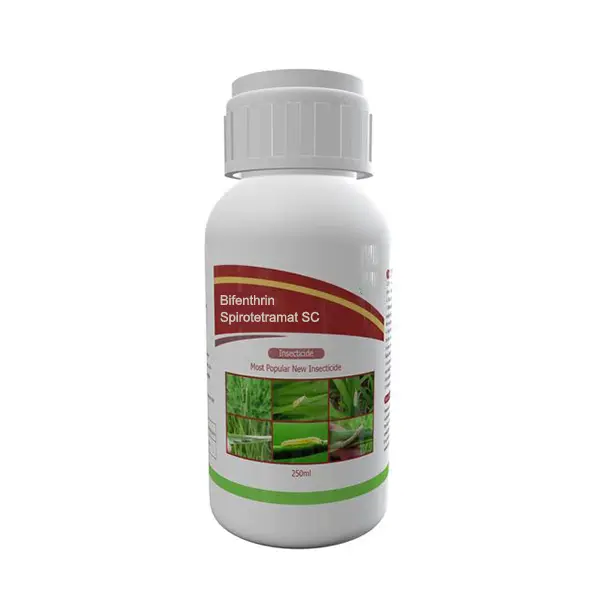herbicide compound products
Herbicide Mesosulfuron-Methyl 0.9% + MCPA-Isooctyl 23.5% + Florasulam 0.6% OD is a modern herbicide made for wheat fields. As an oil-based mixture, it works quickly, controls weeds effectively, and keeps working for a long time. By combining three ingredients that act in different ways, it can handle many types of broadleaf weeds, giving farmers reliable results. Because of this combination, it offers broad coverage and consistent performance, helping farmers manage their fields with confidence.
First, Mesosulfuron-Methyl stops weeds from making certain nutrients they need to grow. Without these nutrients, weeds gradually weaken and die. Next, MCPA-Isooctyl acts like a plant hormone, causing weeds to grow abnormally, curl their leaves, and die. In addition, Florasulam strengthens the effect of Mesosulfuron-Methyl and lowers the chance that weeds will become resistant over time. This combination ensures that even tough weeds like chickweed, shepherd’s purse, cleavers, and henbit are controlled effectively in wheat fields.
Moreover, the oil-based formula spreads easily on leaves, sticks well, and resists being washed off by rain. Therefore, farmers can expect good results even under changing weather conditions. Another benefit is crop safety. When used at the right stage of wheat growth—from the two-leaf to early tillering stage—it removes weeds efficiently while keeping the crop healthy. Additionally, using multiple ingredients helps farmers manage resistant weeds, making this product a sustainable solution for long-term weed control.
In short, Mesosulfuron-Methyl + MCPA-Isooctyl + Florasulam OD is a strong and reliable choice for modern wheat farming. With fast action, broad weed control, safe performance, and consistent results, it supports healthier crops, easier field management, and higher yields. Farmers can trust this mixture to protect their wheat and improve productivity while keeping their fields clean and well-managed.
Catalogue des produits phytosanitaires : Cliquez sur les boutons ci-dessous pour découvrir davantage de bons produits.
